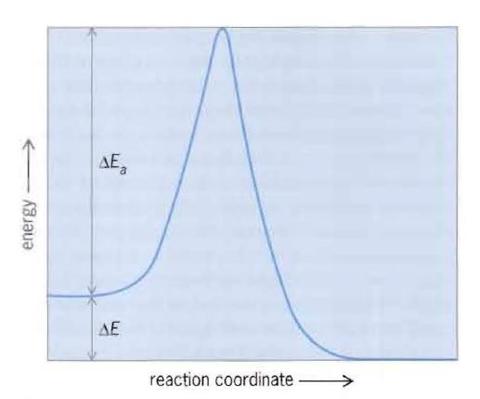Summary
To develop the thermodynamic data and methodology required for effective bioprocess engineering.
Description

Current efforts are focused on industrially important biotransformation problems such as those found in hydrogenation, hydroxylation, aromatic amino acid metabolic pathways, and biofuel applications. The methods used include calorimetry, chromatography, enzymology, and spectrophotometry. The quantities that are measured, apparent equilibrium constants K' and calorimetrically determined enthalpies of reaction ΔrH(cal), are used to calculate values of standard equilibrium constants K and enthalpies of reaction ΔrH°. These values, in turn, can be used in an equilibrium model (http://xpdb.nist.gov/enzyme_thermodynamics/download.html), to predict the position of equilibrium and extent of reaction for a biochemical reaction as a function of temperature, pH, pMg, and ionic strength.
Major Accomplishments
- The Thermodynamics of Enzyme-Catalyzed Reactions Database (http://xpdb.nist.gov/enzyme_thermodynamics/) has been converted to a fully relational database by using the Oracle database management software. It can now be searched by users in an extremely wide variety of ways. The most recent update was published in the Journal of Physical and Chemical Reference Data.
- IUPAC and the IUBMB on Recommendations for Terminology and Databases for Biochemical Thermodynamics have been published (Biophysical Chemistry, 2011, 155, 89-103). Recommendations also given for the reporting of experimental results in the literature. We are working to develop methods needed for thermodynamic network calculations for biochemical substances and reactions that can be used to calculate the standard formation properties of specific, ionic biochemical species.
- A comprehensive study on the thermodynamic properties of the cellulose allomorphs has been published (Journal of Chemical Thermodynamics, 2015, 81, 184-226).
- We are working to develop methods needed for thermodynamic network calculations for biochemical substances and reactions that can be used to calculate the standard formation properties of specific, ionic biochemical species.

